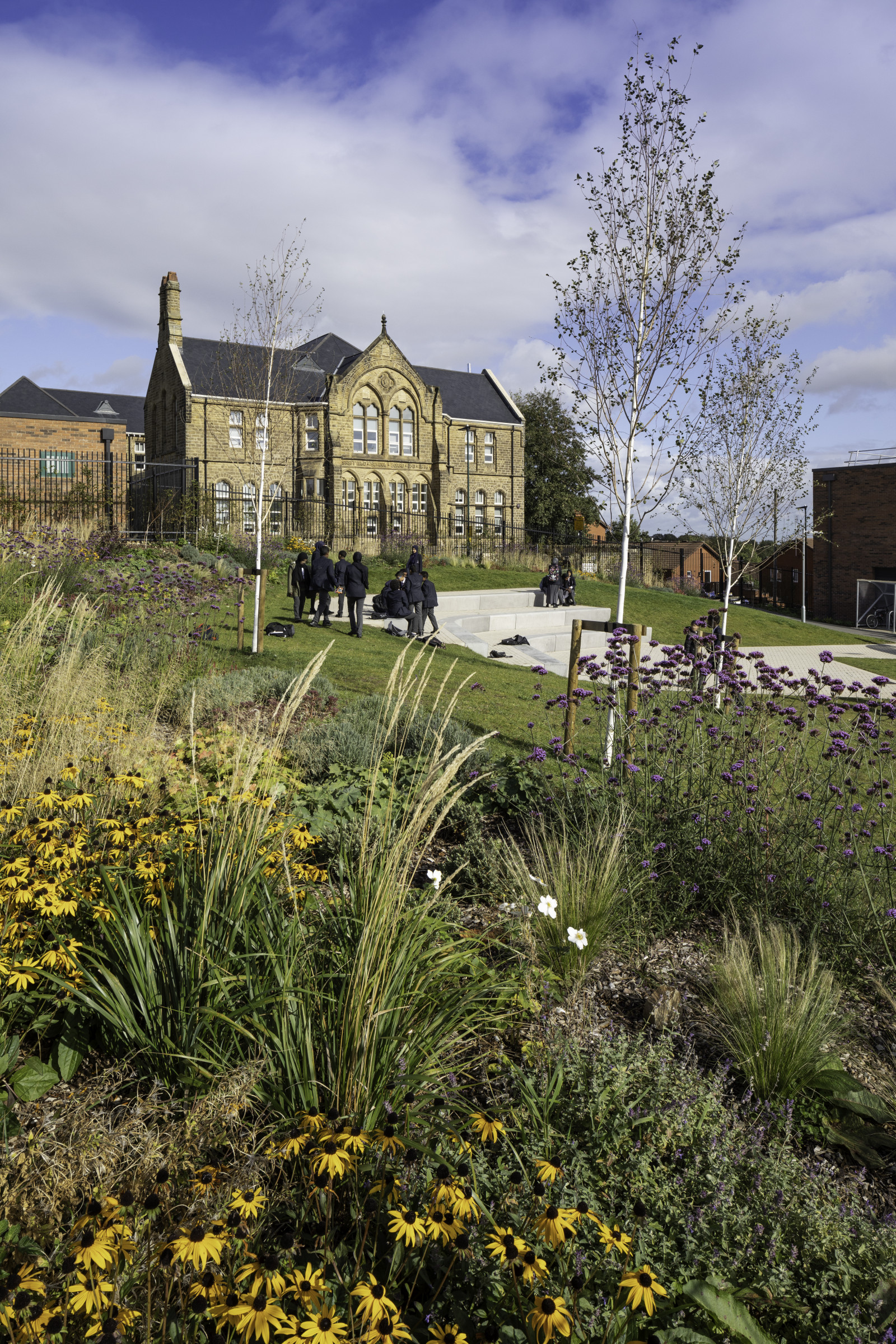Sustainability
The construction industry is a notorious user of resources. According to some studies, construction is responsible for up to 50% of climate change, 40% of energy usage globally, and 50% of landfill waste. It also is a main contributor to air, water, and noise pollution and destruction of the world’s natural habitats. Here at RCA we ask ‘what kind of future do we want to build for and what kind of legacy do we want to leave behind?’
We are demonstrating our commitment to sustainability by signing up to Architects Declare. By joining this we want to add a ‘collective will’. With this ‘will’, together with the research and technology that are already in place, we can make a difference.
In line with the objectives of Architects Declare we will seek to:
Raise awareness of the climate and biodiversity emergencies and the urgent need for action amongst our clients and supply chains. We are proud to be working with clients who are keen to implement BREEAM, Passivhaus methodology and who have an interest in using sustainable materials.
Advocate for faster change in our industry towards regenerative design practices and a higher Governmental funding priority to support this. Strength in numbers matters when trying to influence policy. By supporting Architects Declare we hope to increase the visible support for urgent action.
Establish climate and biodiversity mitigation
principles as the key measure of our industry’s success: demonstrated through awards, prizes and listings. Not every building can be award winning but by many ‘small nudges’ we aim to drive up standards.
Share knowledge and research to that end on an open source basis. We are actively engaged in industry-wide conversations about sustainability. Our in-house sustainability working group is helping to disseminate best practice amongst our team and beyond to our fellow consultants and clients.
Evaluate all new projects against the aspiration to contribute positively to mitigating climate breakdown, and encourage our clients to adopt this approach. We hope to introduce a ‘green checklist’ as a tool to guide early stage project briefing.
Upgrade existing buildings for extended use as a more carbon efficient alternative to demolition and new build whenever there is a viable choice. We find immense joy in giving existing buildings a new lease of life and purpose. Newly constructed buildings are more energy efficient, but 80% of buildings in 2050 have already been built, so a
major priority is decarbonising our existing stock. Re-use is the best way of minimising consumption.
Include life cycle costing, whole life carbon modelling and post occupancy evaluation as part of our basic scope of work, to reduce both embodied and operational resource use. We have experience in designing BREEAM Excellent buildings that now require Low Carbon Assessments, and we are optimistic that whole life carbon and post occupancy evaluation is becoming more the ‘norm’ and valued within the industry.
Adopt more regenerative design principles in our studios, with the aim of designing architecture and urbanism that goes beyond the standard of net zero carbon in use. We take a keen interest in the regeneration of the built environment and our starting point for all designs is reviewing regeneration opportunities.
Collaborate with engineers, contractors and clients to further reduce construction waste. The uptake of BIM as an industry is the start of reducing construction waste; working with off-site manufacture we hope to better this.
Accelerate the shift to low embodied carbon materials in all our work. We are actively pushing our suppliers to provide better research into the whole life carbon and sustainability of their materials, and lobbying suppliers to produce EPD’s (Energy Performance Declarations) to increase more transparency, traceability, and accountability.
Minimise wasteful use of resources in architecture and urban planning, both in quantum and in detail. We are proud to work with many end-user clients with a clear idea of their brief and future needs. Stakeholder engagement is one of our key strengths and we continually test the design throughout to ensure that it satisfies the brief and is fit for
purpose.
Responding to Climate Change
We are aware that our designs need to be more sustainably considered but also that they need to respond to climate change. Climatic agents play a prominent role in the deterioration of building fabric, and a change in climate is expected to have a significant effect on their deterioration rate. Extreme weather conditions are also a leading challenge in building design. Increases in storms, precipitation and rising temperatures are changing how our built environment needs to respond. We work closely with other design consultants to design the best solution ‘in the round’.


